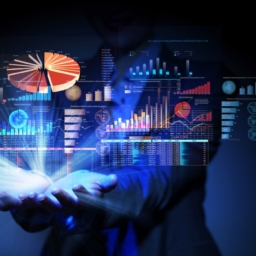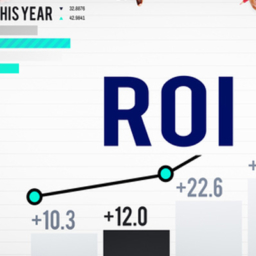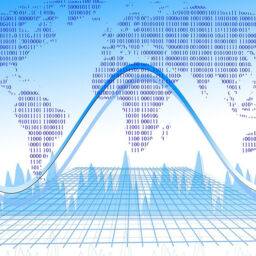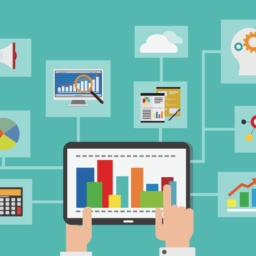WHAT IS BIG DATA AFTER ALL?
by Zisis Koukoumakis
We sure have talked a lot about Big Data before in this blog. But what exactly is it and how can we define it or use it?
In the past it was a rather complicated term, but the last few years, as technology progressed, it has become a well-defined term and many enterprises use it to provide a better customer experience.
A bit of history on how the terminology came to be.
Enterprises started monitoring every action users take in their applications and websites. As technology progressed and systems became capable of logging every click, idle time and cursor movement without interfering with the user’s experience, databases and hard drives were filled with logs of every possible data form. This was a new tool for all marketers to study and find ways to produce meaningful knowledge out of humongous datasets. Activity logs, user actions, transactions, pings and other kinds of time series, similar to what you would find on tools like Google Analytics, started forming a cluster of inter-connected spots, like a detective’s complex diagram of suspects, guided to answer one single question: “What do our users seek?”
The size of those datasets needed a nickname, a term that would best describe it in future conferences and presentations. What would be better than “Big Data”?
So, to say that I’m building a Big Data collection, I should just log everything on my app or website and call it a day?
Our beloved contributors on Wikipedia offer some metrics to measure how Big your Data actually is. Let me break this down then. We have, of course, the volume of data we collect, but we also measure the variety in order to have a more multi-sided view, the velocity with which the data are generated and lastly, the veracity of said data.
This last one caught my eye and not being able to put it simply here, I quote the referrer: “[…](veracity) refers to the data quality and the data value. The data quality of captured data can vary greatly, affecting the accurate analysis.[…]”.
And here we have the last clue on what makes this data Big; the ability to be analyzed, by an automated system preferably, and produce meaningful results for the marketer who orders it, with the ulterior target being the production of ideas, features and even new products that will give the end user whatever he seeks.
Each one has their own way of building Big Data, some enterprises like Uber have multiple streams from their services, they shape their data, curate and save it however they like. Some others, like XPLAIN, are harvesting already curated data, but are met with the challenge of aggregating and classifying it, which is often an even harder task, but since the variety is way higher, it is possible to find emerging trends (rings a bell?) using the right analysis tools. Then, the last step is to provide the outcomes in a simple and elegant way that will offer a certain amount of safety to your client and make them understand the value behind this procedure.
In the future, as with everything driven by technology, we are about to see big changes in the way data is used in marketing. The change is driven by emerging tech like A.I. and Machine Learning and the landscape is starting to change. One more reason to follow our blog and be the first to find out about the coming changes!
















